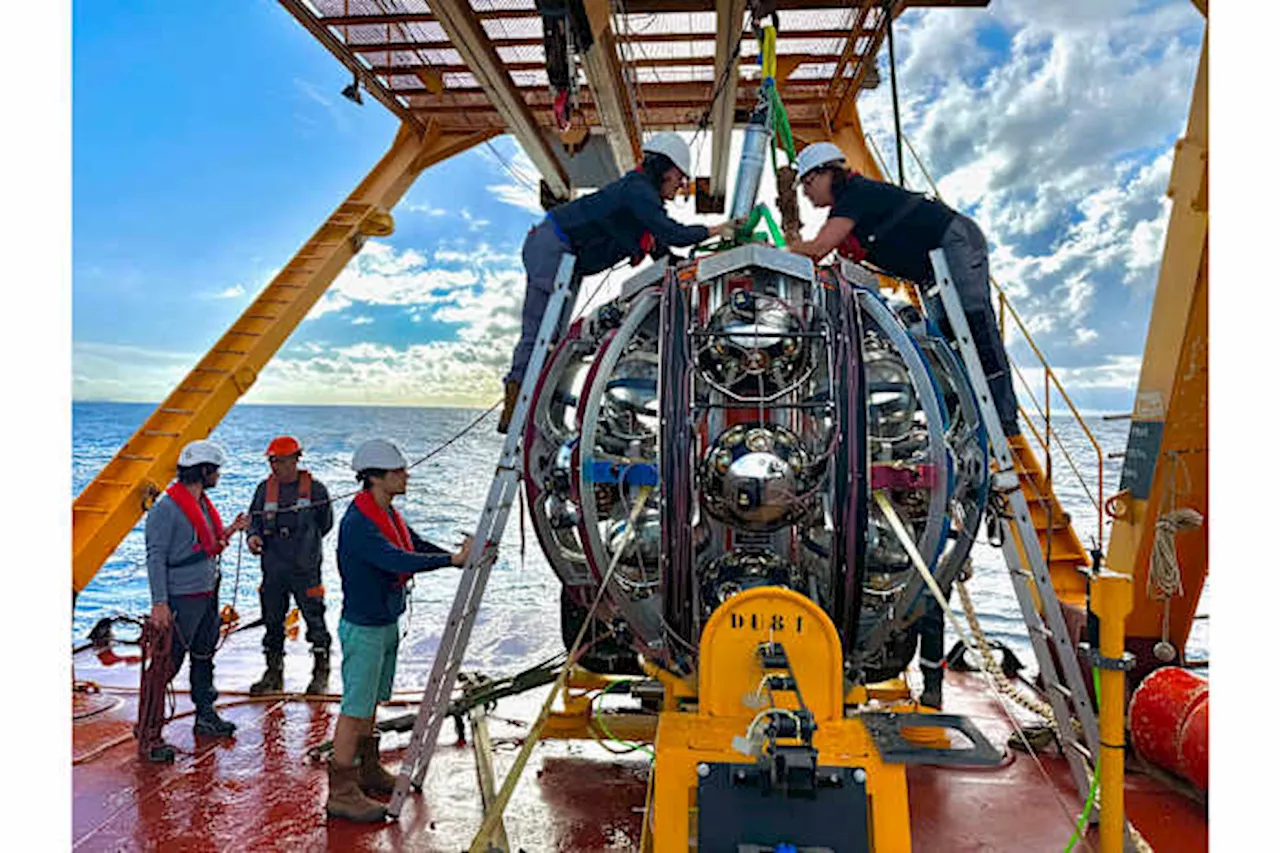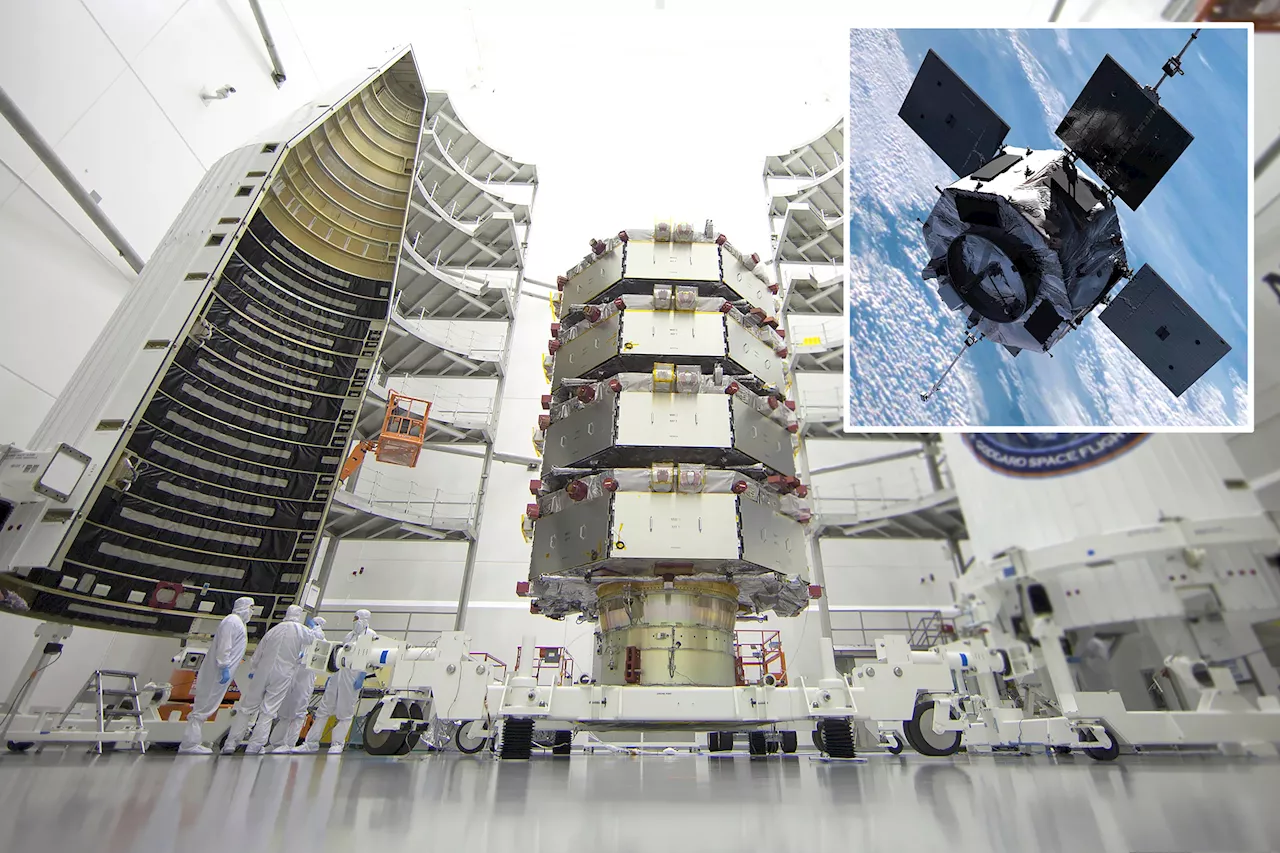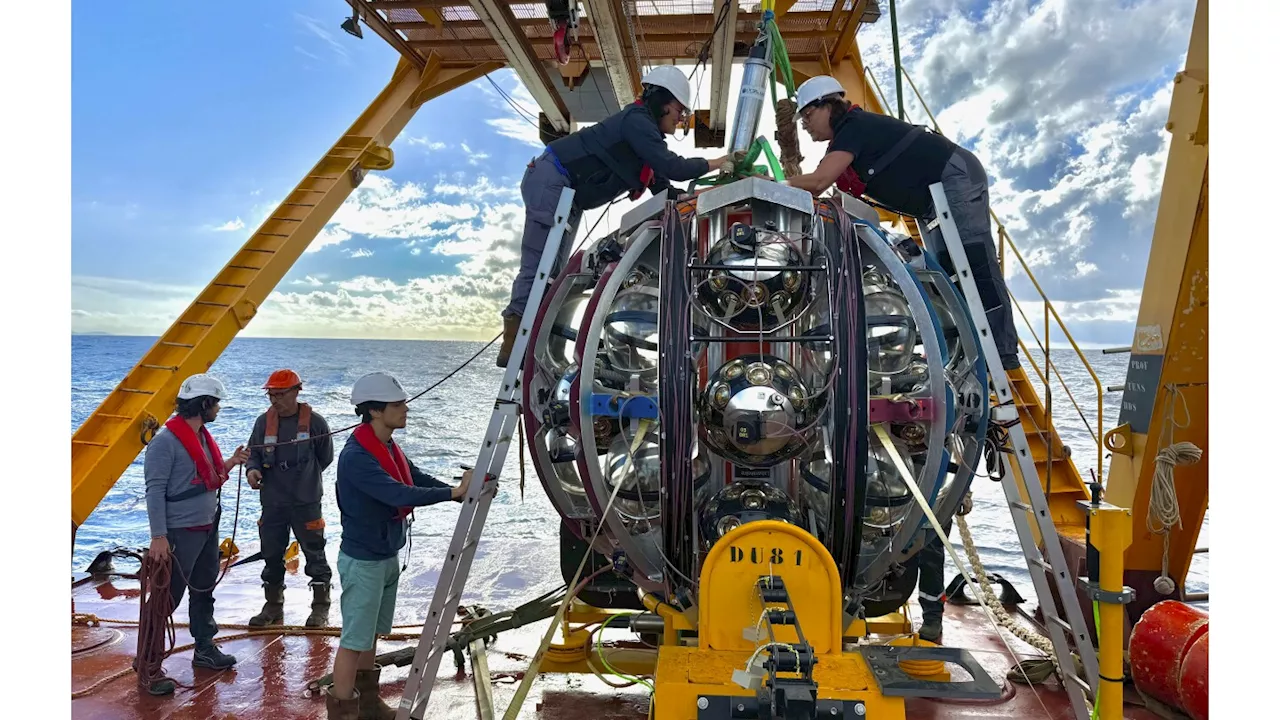The elusive 'ghost particle' neutrino, known for its ability to pass through matter undetected, has been detected at record-breaking energy levels. This discovery offers groundbreaking insights into the most energetic phenomena in the universe and the existence of powerful cosmic particle accelerators.
Scientists have made an extraordinary discovery: the highest-energy neutrino ever detected. This ghostly particle, a type of elementary particle known for its elusive nature, arrived on Earth at nearly the speed of light, carrying 30 times the energy of any previously observed neutrino. This groundbreaking finding offers the first concrete evidence that neutrinos with such immense energies can exist in the universe.
The source of this high-energy neutrino remains a mystery, but the research team has narrowed down the possibilities to 12 potential suspects. All of these suspects are blazars, the incredibly energetic cores of active galactic nuclei (AGNs). These cosmic powerhouses are fueled by supermassive black holes, which are surrounded by vast amounts of matter. The matter spirals into the black hole, releasing immense amounts of energy in the form of radiation.The detection occurred on February 13, 2023, by the KM3NeT observatory, located 11,300 feet (3,450 meters) beneath the Mediterranean Sea. During the event, designated KM3-230213A, a muon, a type of elementary particle, crossed the entire KM3NeT detector, triggering one-third of its thousands of active sensors. The muon's horizontal trajectory, unusual in their atmospheric origin, indicated that it was produced by a high-energy neutrino interacting with matter deep within the Earth's crust and water column.While the neutrino itself wasn't directly detected, its presence was inferred through the muon it produced. The energy of the neutrino was estimated to be 220 million billion electron volts, an astonishing 30,000 times greater than the energy achievable by the Large Hadron Collider (LHC), the world's most powerful particle accelerator. To reach such energies, the LHC would need to be expanded to a size equivalent to the Earth's circumference.The discovery raises exciting questions about the nature of these high-energy phenomena and the existence of powerful particle accelerators in the universe. While the source of this particular neutrino remains unknown, the team suspects that it originated from a blazar, a type of AGN known for its extremely bright jets of matter. Blazars are believed to be capable of accelerating particles to unimaginable energies, potentially providing the conditions necessary for the creation of such energetic neutrinos
Neutrino High-Energy Cosmic Ray Blazar Active Galactic Nucleus Km3net Particle Physics Supermassive Black Hole
United States Latest News, United States Headlines
Similar News:You can also read news stories similar to this one that we have collected from other news sources.
 Scientists Detect High-Energy Neutrino in Mediterranean SeaScientists detected a high-energy neutrino in the Mediterranean Sea using an underwater detector, offering insights into the most powerful events in the universe. This discovery suggests the possibility of more such neutrinos existing than previously thought.
Scientists Detect High-Energy Neutrino in Mediterranean SeaScientists detected a high-energy neutrino in the Mediterranean Sea using an underwater detector, offering insights into the most powerful events in the universe. This discovery suggests the possibility of more such neutrinos existing than previously thought.
Read more »
 Scientists detect mysterious 'bird calls' in an unexpected part of spaceToday's Video Headlines: 01/25/25
Scientists detect mysterious 'bird calls' in an unexpected part of spaceToday's Video Headlines: 01/25/25
Read more »
 Chinese Scientists Develop Underwater Sensor to Detect AircraftChinese researchers have made a breakthrough in underwater detection technology by developing a new sensor capable of detecting aircraft from miles away. This innovative technology, which utilizes a specially designed acoustic sensor array, could significantly enhance the capabilities of the People's Liberation Army navy, particularly its submarine fleet.
Chinese Scientists Develop Underwater Sensor to Detect AircraftChinese researchers have made a breakthrough in underwater detection technology by developing a new sensor capable of detecting aircraft from miles away. This innovative technology, which utilizes a specially designed acoustic sensor array, could significantly enhance the capabilities of the People's Liberation Army navy, particularly its submarine fleet.
Read more »
 Scientists Detect Endangered Mexican Long-Nosed Bats Using Saliva SamplesResearchers have successfully identified the endangered Mexican long-nosed bat in southeastern Arizona through a non-invasive method involving environmental DNA (eDNA) analysis of saliva samples left on plants and hummingbird feeders. This discovery expands Arizona's bat species list and provides a valuable tool for monitoring and protecting this important pollinator.
Scientists Detect Endangered Mexican Long-Nosed Bats Using Saliva SamplesResearchers have successfully identified the endangered Mexican long-nosed bat in southeastern Arizona through a non-invasive method involving environmental DNA (eDNA) analysis of saliva samples left on plants and hummingbird feeders. This discovery expands Arizona's bat species list and provides a valuable tool for monitoring and protecting this important pollinator.
Read more »
 Scientists Aim to Detect Dark Matter with Levitating Graphite in SpacePhysicists at the University of Southampton are developing an experiment to detect dark matter using levitating sheets of graphite in microgravity. The experiment, set to launch aboard the Jovian-1 satellite in 2026, aims to detect a 'dark wind' pushing on the levitated particles if dark matter exists at a high enough density.
Scientists Aim to Detect Dark Matter with Levitating Graphite in SpacePhysicists at the University of Southampton are developing an experiment to detect dark matter using levitating sheets of graphite in microgravity. The experiment, set to launch aboard the Jovian-1 satellite in 2026, aims to detect a 'dark wind' pushing on the levitated particles if dark matter exists at a high enough density.
Read more »
 Scientists Detect Energetic Neutrino, Hints at More in the UniverseResearchers detected a high-energy neutrino, a nearly massless particle, interacting with matter in an underwater detector. This finding suggests there might be more energetic neutrinos than previously thought and opens new avenues for understanding the universe's highest-energy processes.
Scientists Detect Energetic Neutrino, Hints at More in the UniverseResearchers detected a high-energy neutrino, a nearly massless particle, interacting with matter in an underwater detector. This finding suggests there might be more energetic neutrinos than previously thought and opens new avenues for understanding the universe's highest-energy processes.
Read more »
